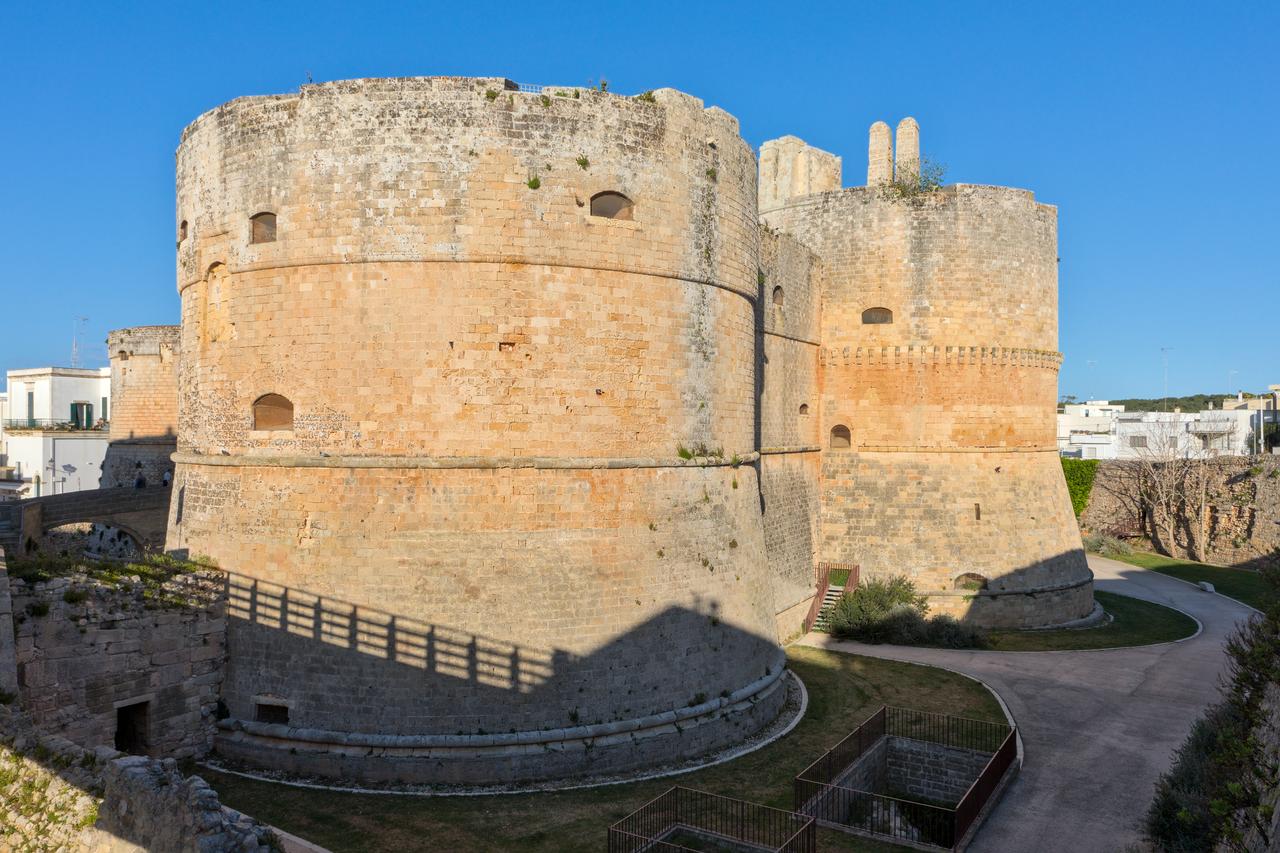
In the summer of 1480, the Ottoman Empire launched its first military campaign into mainland Italy, seizing the fortified city of Otranto in the Apulia (Puglia in Italian) region. Although the campaign lasted only 13 months, it triggered widespread fear across Christian Europe and remains one of the most significant Ottoman incursions into Western Europe.
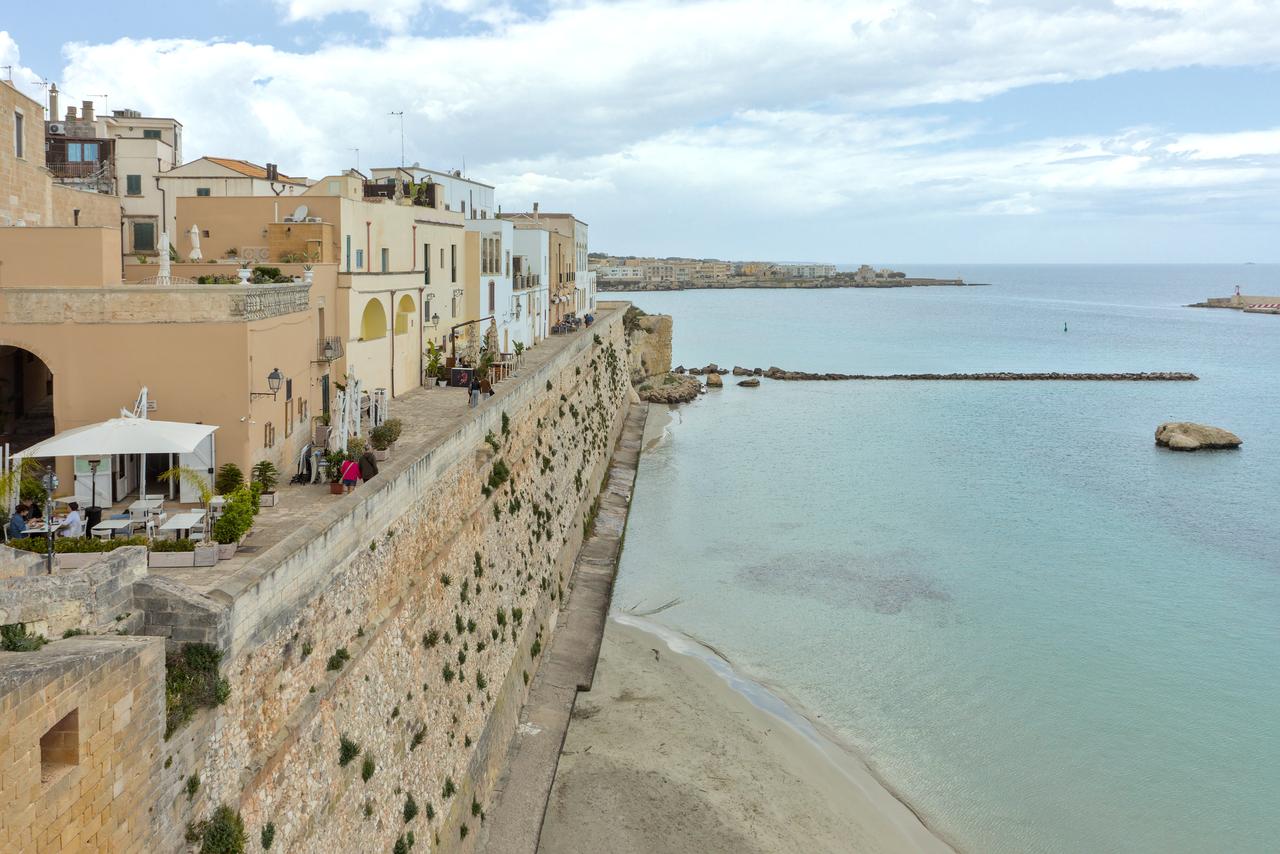
Located at the southeastern tip of the Italian peninsula, Otranto was seen by the Ottomans as a strategic bridgehead across the Adriatic Sea. Ottoman sources refer to the region as "Pulya," describing it as fertile, prosperous, and well-populated. The campaign was not only a military expedition but also part of Sultan Mehmed II's broader ambition to create a global empire. According to some chronicles, the fall of Rome after Constantinople would have symbolized a final blow to the Christian world.
Following a peace treaty with Venice in 1479, Sultan Mehmed II turned his attention to Italy, receiving regular intelligence from Ottoman spies operating across the peninsula. While some accounts suggest that Venice encouraged the campaign to pressure its rival, Naples, the Ottomans also sought to crush Albanian resistance and secure dominance along the Adriatic coast.
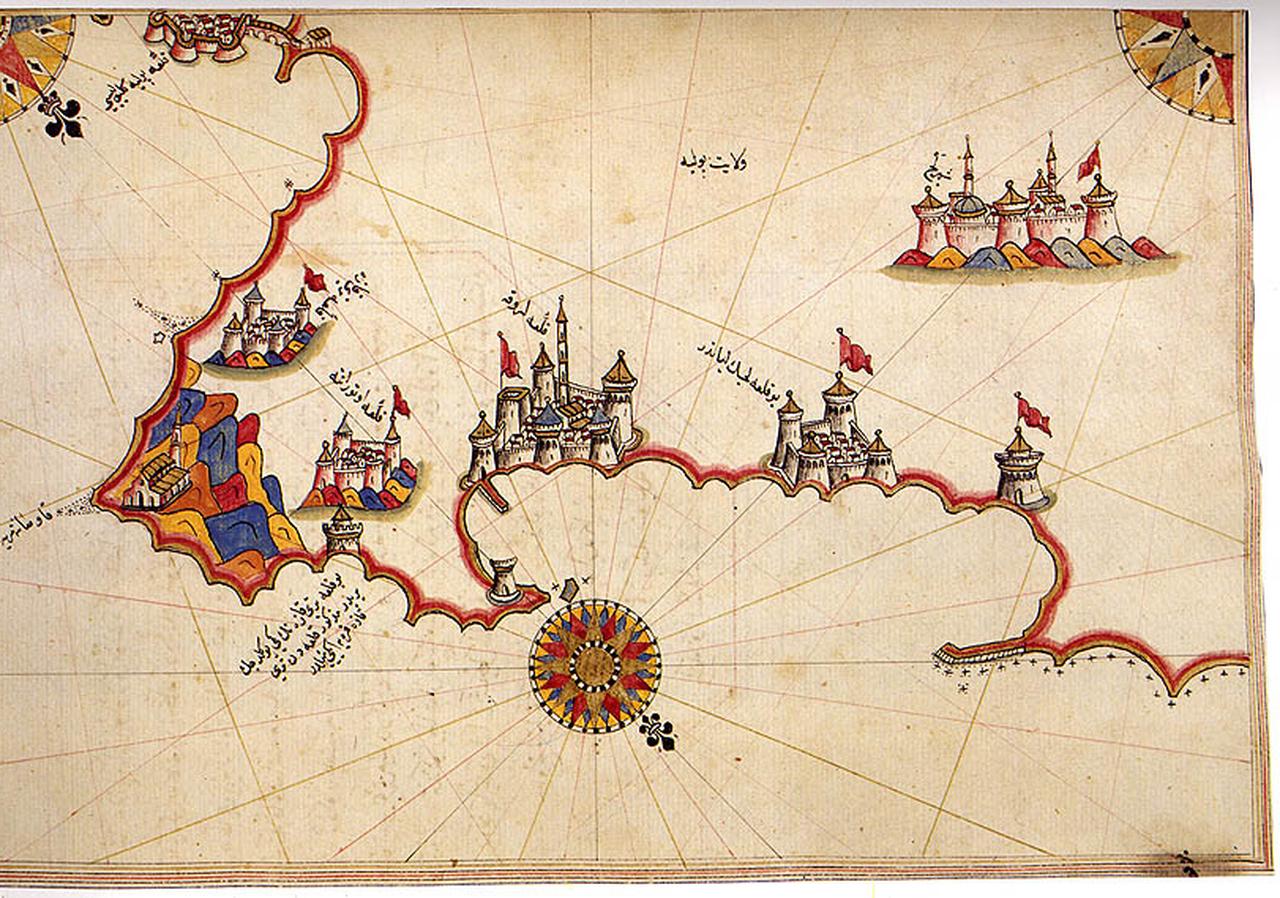
The Ottomans carefully planned their assault by securing key Adriatic islands, including Zante, Cephalonia, and Lefkada. Gedik Ahmed Pasha, an experienced commander and the Ottoman grand admiral, was appointed governor of Avlonya (modern-day Vlore in Albania), which lies just 50 miles from Apulia.
Gedik Ahmed Pasha finalized preparations in Gallipoli, assembling a fleet of 80 to 132 ships and a large force of soldiers. Contemporary Italian and Greek sources confirm the strength of this fleet, which also carried large cannons prepared for siege warfare.
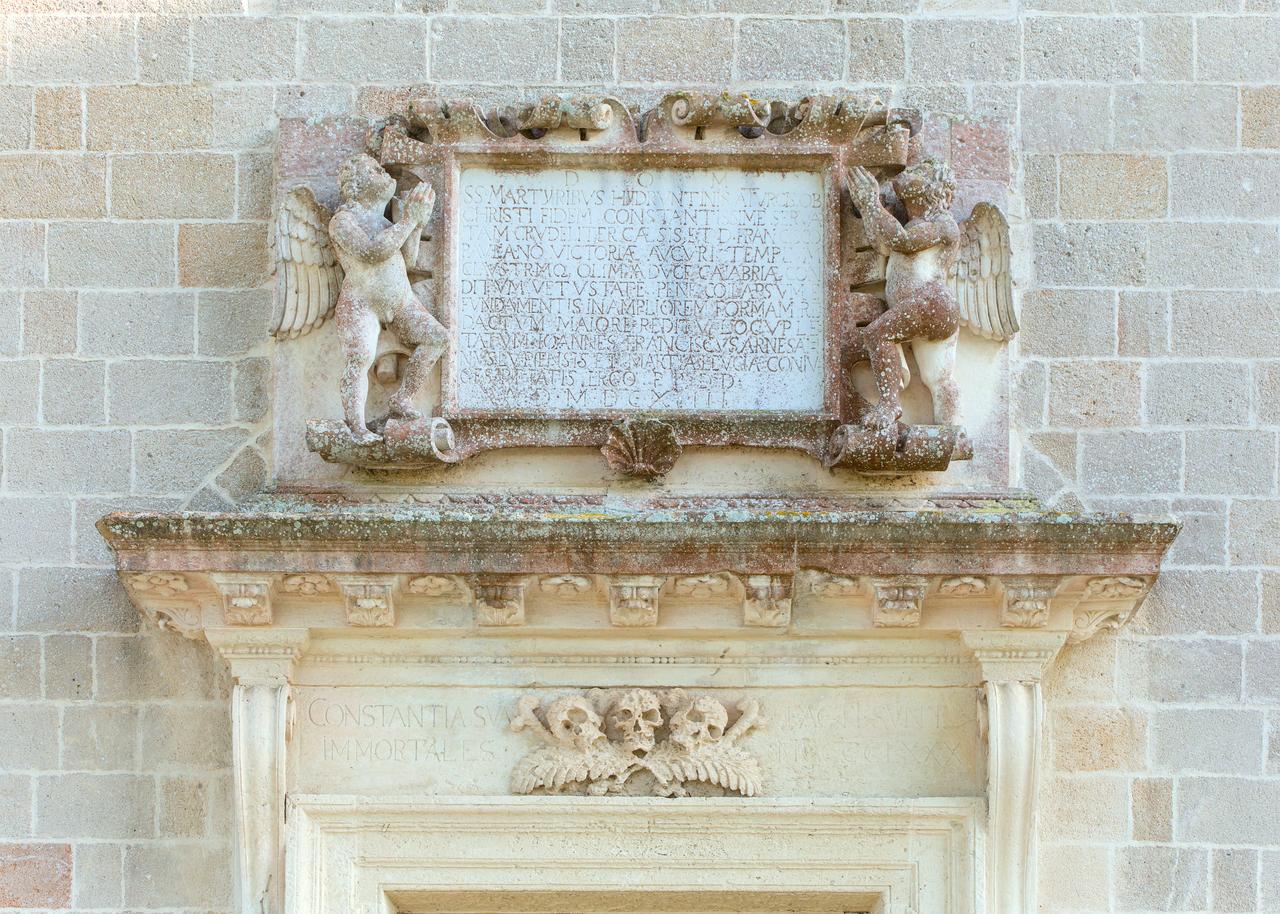
On 28 July 1480, the Ottoman fleet set sail from Avlonya and landed at Otranto. After several days of siege warfare and artillery bombardment, the city was conquered on Aug. 11. Otranto’s governor, the Duke of Calabria, was absent during the attack. The Ottoman troops breached the city walls and fought their way in. Some local leaders were executed or captured during the assault.
Once in control, the Ottomans repaired the city walls and transformed Otranto into a military base. They carried out raids across southern Italy, targeting cities like Lecce, Brindisi, and Taranto. Although the King of Naples sent his son with an army of 20,000 men, they failed to repel the Ottoman raids.
According to local legend, when the Ottoman fleet appeared offshore, a young girl climbed a tower and shouted, "Mama li Turchi!" (Mother, the Turks!), alerting the city.
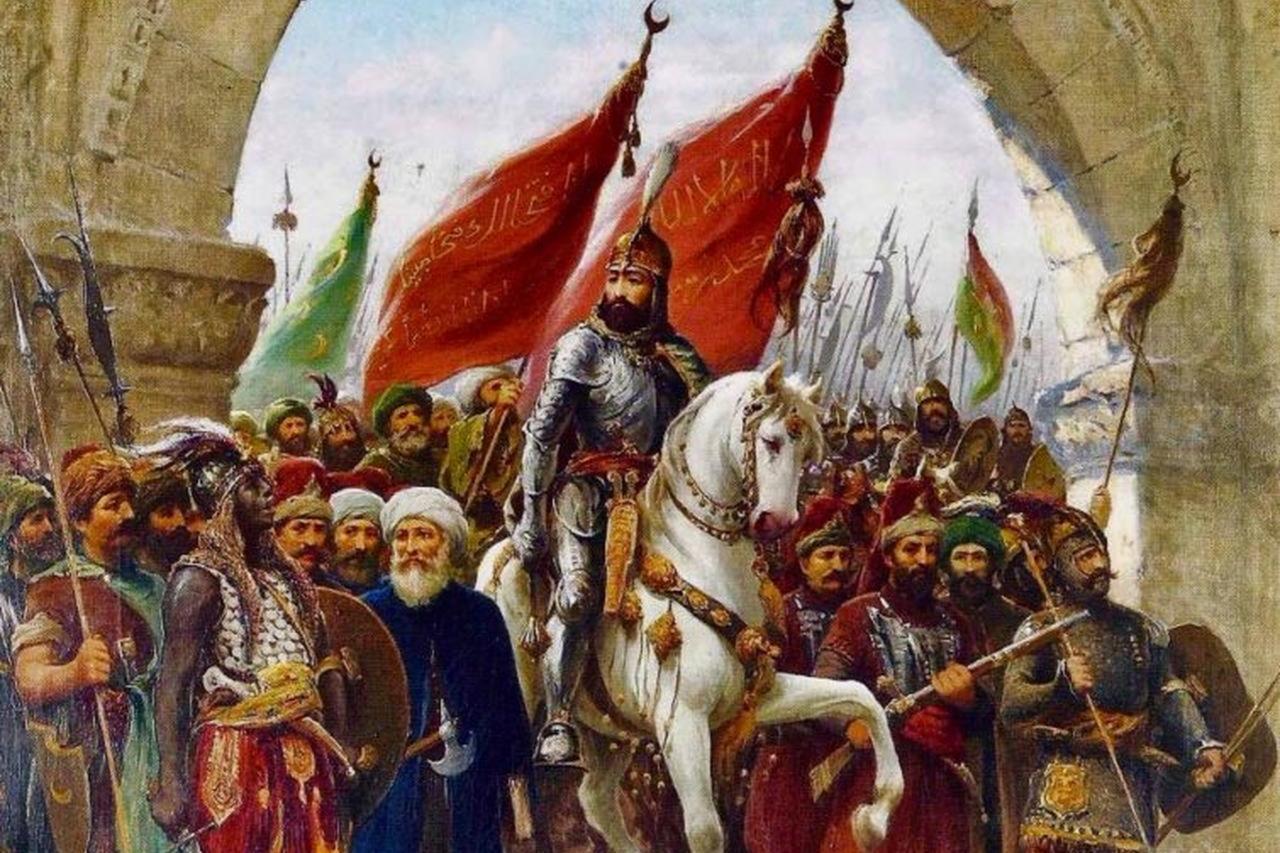
Gedik Ahmed Pasha aimed to expand the campaign into northern Italy by the following spring and returned to Avlonya to prepare for a larger offensive. He left behind a garrison of 8,000 troops in Otranto under Hayreddin Bey, instructing them to hold their positions.
However, in May 1481, Sultan Mehmed II died. His death disrupted the chain of command and forced Gedik Ahmed Pasha to return to Istanbul, where he became embroiled in the succession struggle between Bayezid II and Cem Sultan.
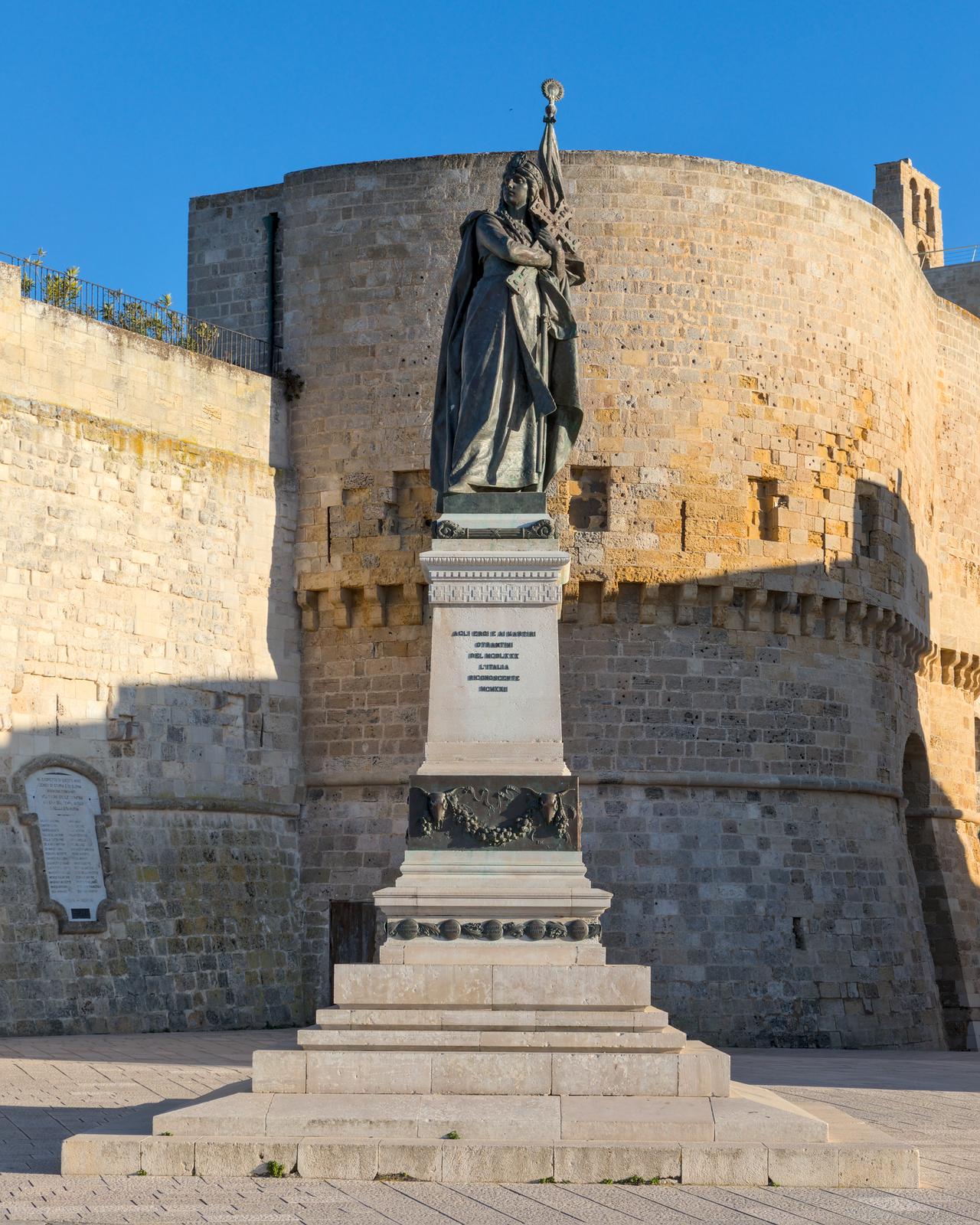
Taking advantage of the political turmoil in Istanbul, the King of Naples launched a counteroffensive. He stirred rebellion among Albanian insurgents and requested military aid from his son-in-law, the King of Hungary. As the rebellion intensified, Ottoman lines of communication between Istanbul, Avlonya, and Otranto were severed.
Naples, with support from Aragon and the Papal States, laid siege to Otranto by land and sea. The siege lasted six months. The garrison, suffering from food and water shortages, eventually surrendered on Sept. 10, 1481. According to Ottoman and Italian sources, some captured soldiers were later absorbed into the Neapolitan army.
Although this story is not directly confirmed by historical records, the large statue near the old city gate symbolizes this popular legend still told among locals. The bronze female figure holds the city’s flag in one hand and a cross in the other. She faces the sea, symbolically looking toward the direction of the approaching Ottoman fleet. Notably, the dolphin motif on her garment is like the Ottoman crescent, adding a symbolic layer to the image.
Although Sultan Bayezid II assigned Rumeli Governor Hadim Suleyman Pasha to resume control of Italy and Albania, a full recovery proved impossible. The loss of Otranto and the rebellion in Albania disrupted Ottoman plans for further expansion into the West.
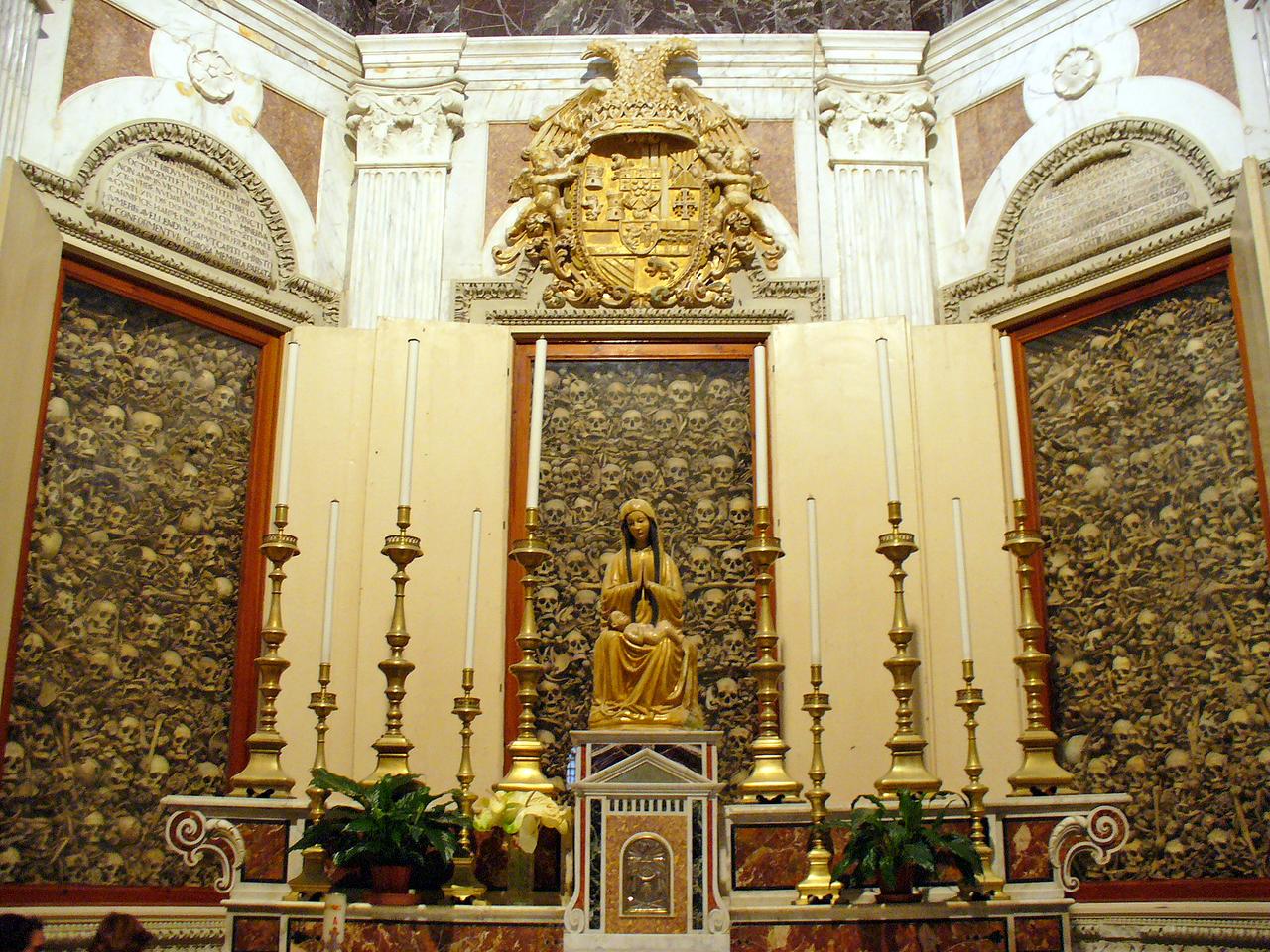
Despite the brief occupation, the campaign left a lasting psychological impact on Europe. In Italy, the fear of a Turkish invasion sparked panic and gave rise to numerous legends and epics. The mass execution of more than 800 residents of Otranto, later canonized as the "Martyrs of Otranto," further fueled anti-Ottoman sentiment in the region.